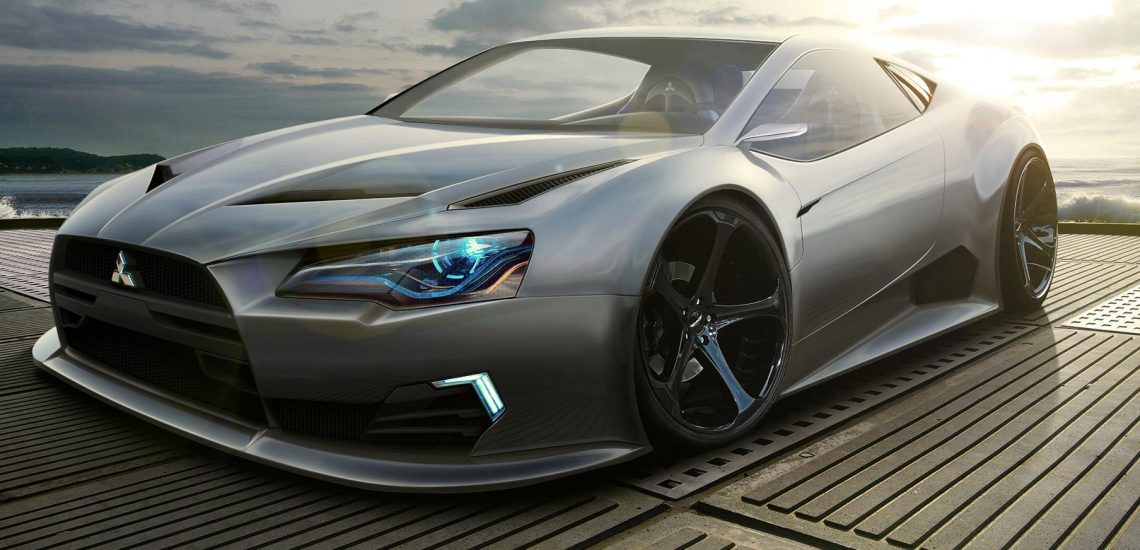Toyota, Honda, Nissan, Mazda, Lexus – these legendary car brands belong to Japan. Despite the fact that the quality of Japanese cars is famous all over the world, they also have disadvantages. In this article, we will try to understand the advantages and disadvantages of Japanese cars, looking at the situation honestly and unbiased.
Advantages of Japanese cars
First of all, Japanese cars attract with the best combination of price and quality. This balance is the invariable dignity of cars from Japan. Of course, they are very reliable and safe. For millions of new car buyers, car reliability and ratio of price and quality are the most important thing when making a final decision on buying a car. But popularity of the “Japanese” lies in innovative design. Japanese car brands compete successfully with European and American firms. Non-standard approaches allow Japanese car companies to develop and move forward. Over the past few years, a number of new electronic technologies have appeared in new Japanese cars, many of that seemed fantastic 5-7 years ago.
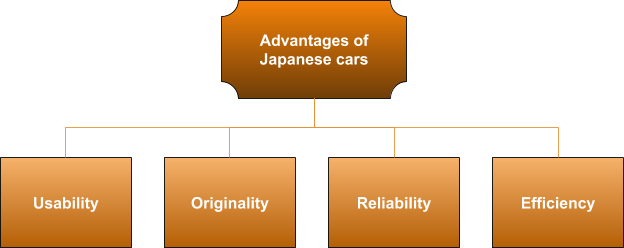
Toyota – the world’s best-selling car
The Toyota company, of course, is the most popular Japanese brand. But this is not only the most popular car manufacturer in the land of the rising sun. The fact is that for several years, Toyota has ranked first in the world in terms of the number of new cars being sold. This success was made possible thanks to the company’s special policy within the corporation, the quality requirements of the components supplied and the quality of new cars’ assembly. But the main things are the cost of products and producer prices. Thanks to the specific marketing policy, the pricing of Toyota at the moment is the most optimal on the world market. As a result of new developments of Toyota corporation specialists, every year new concepts and new technologies appear that are created with a margin for the future. Since recently, Toyota has received the rights of one of the Japanese car industry “pearls” – the Subaru company.
Luxury development of the Toyota concern is the brand Lexus. It appeared less than thirty years ago, but won huge popularity. Lexus premium-brand is fundamentally different with its luxurious style and unique design from cheaper Toyota. The presence of Lexus in the global car market was significantly increased about ten years ago, when Lexus production began in other countries. Today, there are more than fifty of the latter.
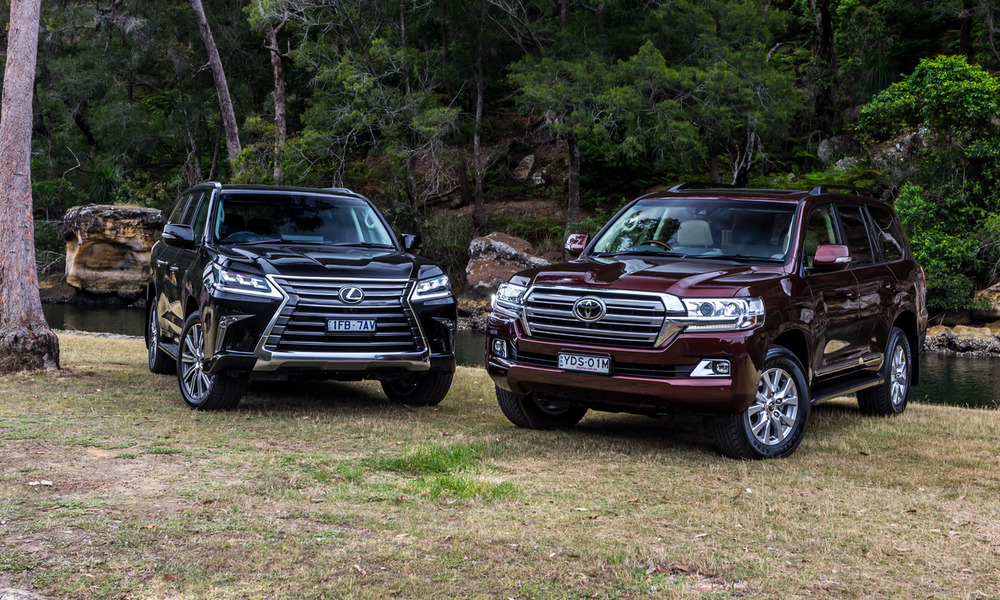
Suzuki – not only motorcycles
The Suzuki company has existed for more than a century, and at the dawn of its existence, it was engaged in the production of machines for the textile industry and motorcycles. The first passenger car was released only in 1955 and was called Suzulight.
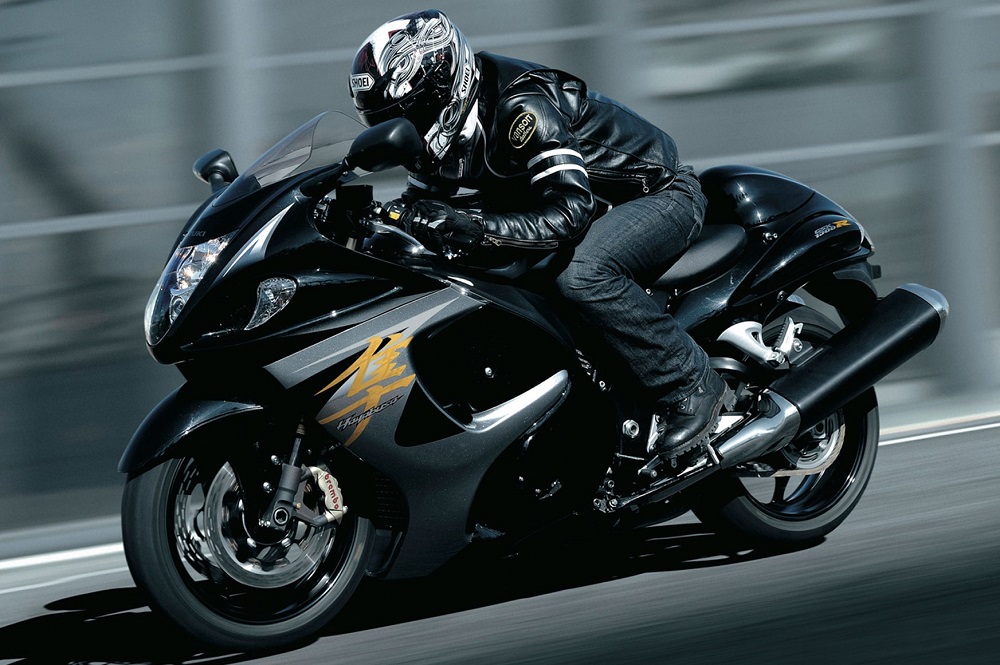
Today, the Suzuki brand is in the top ten of those manufacturers, that cars are produced in the largest quantity. Suzuki cars are attractive for their small cost and the optimum level of quality and comfort. Dynamic characteristics of Suzuki, of course, fall short of competitors such as Toyota or Mazda, but the price of Suzuki is much lower.
Nowadays, the Suzuki company has a huge production – 35 factories in 23 countries of the world, and they make, in addition to passenger cars, all-terrain vehicles, launch and ship engines, trucks and buses. The company’s major facilities are mainly concentrated in Japan, India and Thailand.
The Japanese also love Suzuki, although this car brand is the most popular in the markets of developing countries, where about two million cars of this brand are sold annually.
Suzuki’s range includes compact (the Suzuki Swift), compact-middle (the Suzuki SX4) and middle-size (the Suzuki Kizashi) cars, as well as SUVs (the Suzuki Jimny).

Mazda, Honda, Mitsubishi and Nissan
All Japanese car brands have come a long way. Mazda has become one of the largest companies in the world’s car production. Every year more and more cars of this brand are produced and sold. Interestingly, the American company Ford owned shares in the Mazda stake at one time. During the close cooperation of Japanese Mazda owners with Ford, separate units of such companies as Autozam, Efini, Eunos and Xedos, were established. The Mazda MX-5 (or Miata) roadster became a sports bestseller. This car inherited the main features of classic British sports cars. Three years after the start of sales, 250,000 Miata roadsters were produced. In the second generation of the model, options with a turbo, such as the 178-powered version from Mazdaspeed studio, began to appear. This model was included in the Guinness Book of World Records as the best-selling two-seater sports car. At the end of the career of the MX-5 second generation, the number of roadsters sold exceeded 700,000. Today, a small but proud roadster of the fourth generation has the newest Mazda Connect multimedia complex, controlled by the washer controller on the central tunnel, the audio system speakers in the head restraints and the windscreen. All for the sake of “harmony of rider and horse” or Jinba ittai – so the creators call the philosophy of the MX-5.
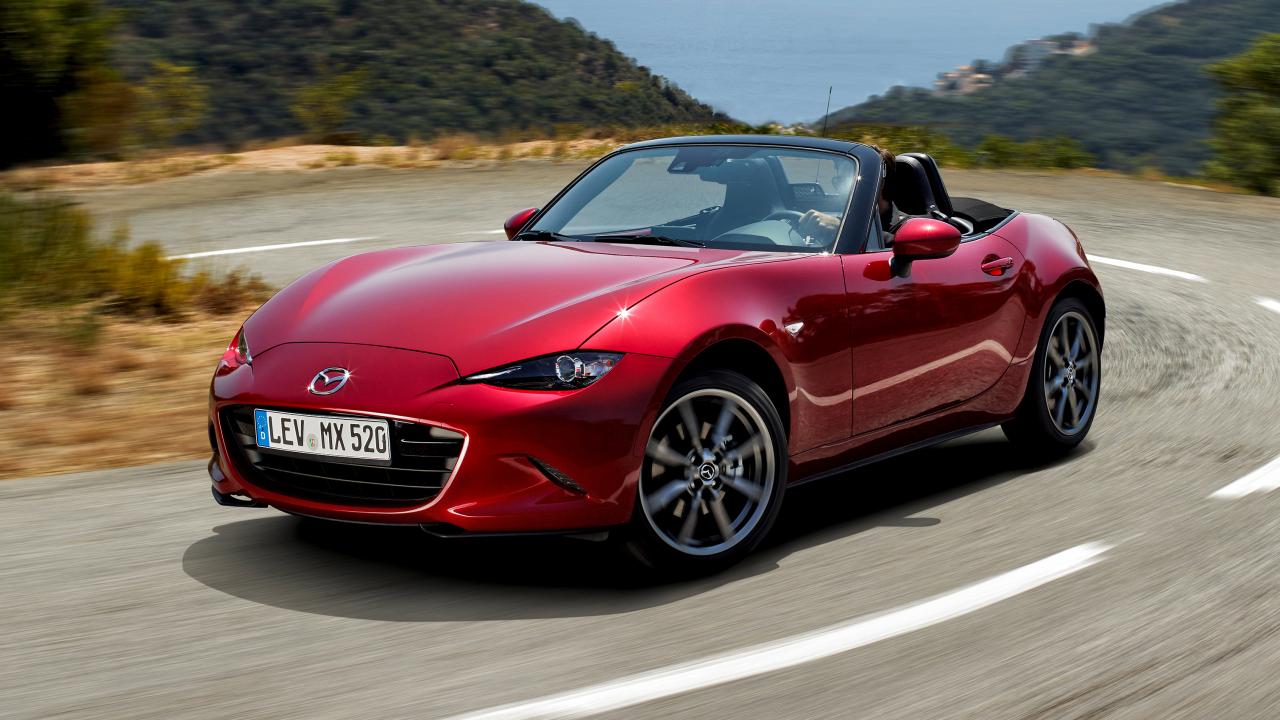
Honda (or Honda Motor), which started as a motorcycle maker, remains today their largest producer in the world. But at the same time the Honda car concern produces more than twenty car models. The most popular model of Honda Motor is the Honda CR-V crossover. This Japanese brand remains an important player in the global car industry and continues to evolve, developing new technologies and new models. The compact crossover is manufactured by Honda since 1995. The CR-V abbreviation for European markets stands for Compact Recreational Vehicle. For Japan – Comfortable Runabout Vehicle. This is a real pride and “locomotive” of the Japanese company Honda Motor on the world stage.
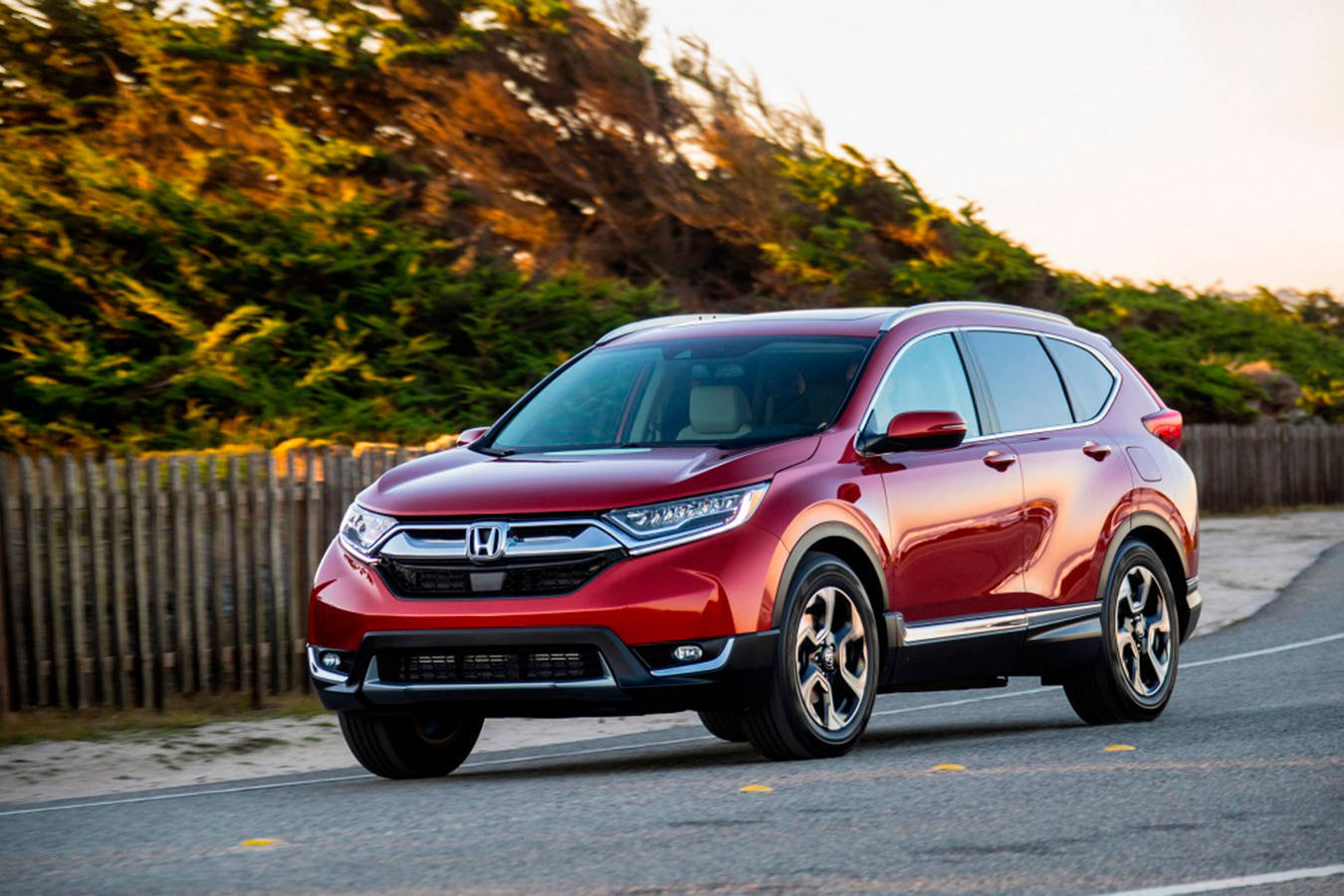
At the turn of the past and the present centuries, Mitsubishi faced certain financial difficulties. To overcome them, Mitsubishi began to cooperate with the American Daimler-Chrysler car group. Thanks to new models (the Lancer and the Outlander), Mitsubishi has managed to change the public’s opinion about its products and take an important place among the world’s automakers. The most famous Mitsubishi model is the Pajero SUV, which quite successfully competes with such cars as the Toyota Land Cruiser and the Nissan Patrol.

Nissan includes cars of various classes. It also has passenger cars of subcompact class (the Nissan Juke) and executive cars (the Nissan Teana), sports two-door cars for fans of adrenaline (the Nissan GT-R), comfortable SUVs (the Nissan Pathfinder), and commercial Nissan vehicles. The Japanese automaker Nissan Motor Company, which has existed since 1933, is one of the largest in the world. It owns the Infiniti brand, as well as the Datsun brand. Unlike Nissan cars, the Infiniti range is represented by luxury vehicles. The Nissan Leaf is the world’s best-selling fully electric car.

Japanese cars are practical and demanded by drivers with a wide variety of preferences. It is impossible to imagine the world car market without the Japanese. A small Asian country did everything to make its car industry look worthy. If you are just thinking of moving to the “auto-Japanese”, or have long been driving it, you in any case need an international driver’s license. It is easy to become its owner. To do this you need to apply for it on our website, and the international driving license will be in your hands in a few days.

Published January 04, 2019 • 6m to read

